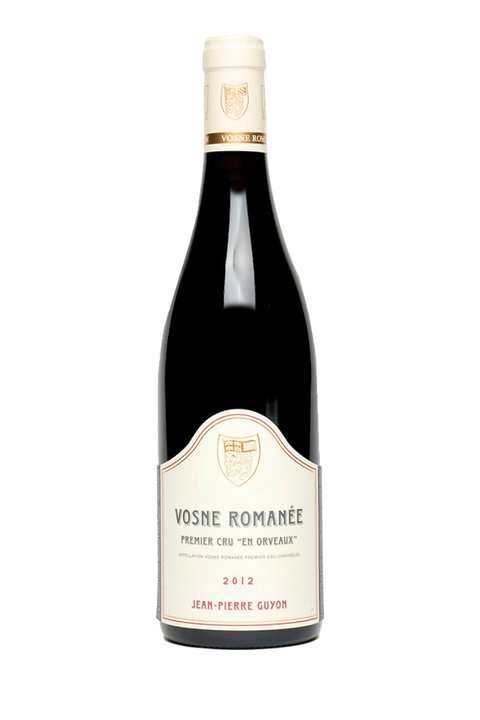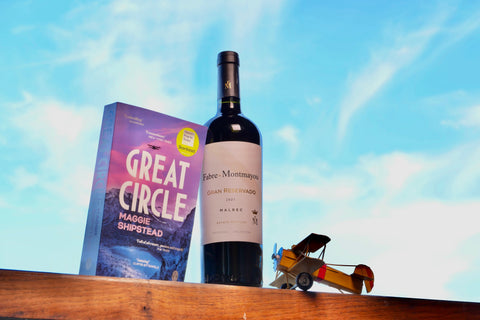The wine’s vintage
The most common use of the word vintage, is to describe the year in which the grapes were picked. We update the vintage or year of each wine on our website regularly so our clients can clearly see when the grapes for that wine were harvested. Not that you necessarily need to know this, but as wine is a natural product, it will vary slightly from year-to-year, according to the weather conditions; how much sun the grapes were exposed to and when, whether they were impacted by late or early frosts and so on. For wines that you find here on our website, we have already tasted the vintage and ensured they live up to our stringent expectations!
Cheaper and mid price wines that are drinking well now are largely not intended to keep for very long. We estimate roughly 6 to 12 months for white and rosé wines (although some will keep perfectly well for longer) and a year or two for red wines. Do keep your wines horizontal and in a dark cool place, as both light and heat will destroy wines fast - particularly as they contain no chemical preservatives. Wines kept in these 'cellar conditions' may well be perfectly good to drink for up to two to three years, although they may change a little in body and taste.
A non-vintage still wine is made from grapes that have come from several different harvests – a practice that is more common in mass produced wines that are blended from a variety of areas and years and tend to be of lower overall quality. We do not sell non-vintage wines at Wine at Home, with the exception of Champagne and Sparkling wines which follow different rules!
Vintage Champagne
An exception to this is the way the term is used in Champagne where most years are not good enough on their own to produce a Champagne from a single harvest. Most Champagnes are therefore NV (Non-Vintage).
A Vintage Champagne will demand a much higher price tag as it will have been made solely from one particularly good vintage.
A Vintage Year
When a wine growing season provides optimum conditions for the grapes and the vines, this may be considered to be a ‘vintage’ year. Each wine growing region, particularly in France where the concept is most common, will have certain stand out years where the wine from that year is considered better than the years previously. Wines from these years will command a higher price, even if made by the same winemaker on the same land.
For example, 2015 was considered to be one of the best vintages (years) in Burgundy for almost 70 years, meaning that that all the conditions combined to give the wine the best possible flavours and aromas as well as the potential to keep it for many years.
What is a Vintage Wine?
Although this term is often used to denote a wine of quality – it doesn’t mean a lot out of context. It could, however, apply to a fine wine from a particularly good year.
What makes a Vintage Year?
A vintage year is a term usually reserved for the best wines from Bordeaux and Burgundy and a few other well-known wine regions. What makes a wine a vintage year is determined by a range of factors governing the growing conditions that include the time and weather conditions of the vine flowering and the development of the grape. Other factors will include the amount of rain the vines receive, the amount and timing of the sunshine and the weather during the harvest.
The best vintages this century
Since the year 2000, the two best years for grape growing in France's prestigious appellations are generally considered to be 2005 and 2015. So not only will the red wines from these years be as near perfect as possible, in the hands of experienced winemakers, but they will also keep for many years if stored correctly in cellar conditions. Other stand out years for red wines, are 2009, 2012, and 2014 in Burgundy and 2009 and 2010 in Bordeaux. In Italy, the year 2015 in Barolo is also considered to be one of the finest in recent years.
It's important to note, however, that for a wine to keep, it is not enough for the grapes to come from a particular year - it has to have been made by people who are at the top of their game, usually in extremely well regarded wineries - where the wine making techniques are in place to ensure longevity.
So, if you want to sound like an expert, ask what vintage you’re drinking, instead of what year, but don’t refer to vintage wine as a synonym for old wine that’s been knocking about in the basement for several years!
Investing in wine
The wines largely from Bordeaux and Burgundy in France, that were made in the best years, and by the most well-known Chateaux or Domaines may be referred to as Vintage Wines in terms of their investment potential. However – unless you really know what you are doing, or go through a reputable broker, bear in mind that wine is not a stable investment except at the very upper end of the spectrum.
The wine in your cellar will be unlikely to increase significantly in value just by virtue of its age. There have been many wine scams over the years where people have been persuaded to ‘invest’ in wines that never materialise or that were never suitable for investment in the first place.
Likewise, we are often asked to value a few bottles that someone has found in their late Aunt's basement - but unless these are from well known vineyards, have been kept in good cellar conditions - ideally in their original boxes - and have documentation on authenticity - they are unlikely to be worth anything at all. If unsure, contact a verified broker who will be able to advise you. If the news is not good - invite your friends over and enjoy deciding whether the wine is vintage or vinegar!













Comments (0)
There are no comments for this article. Be the first one to leave a message!